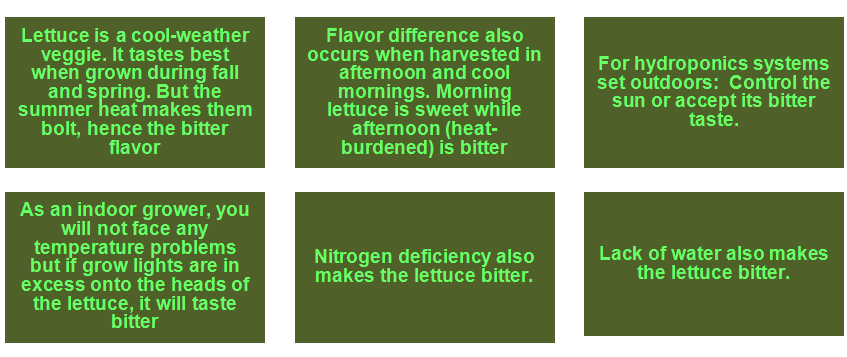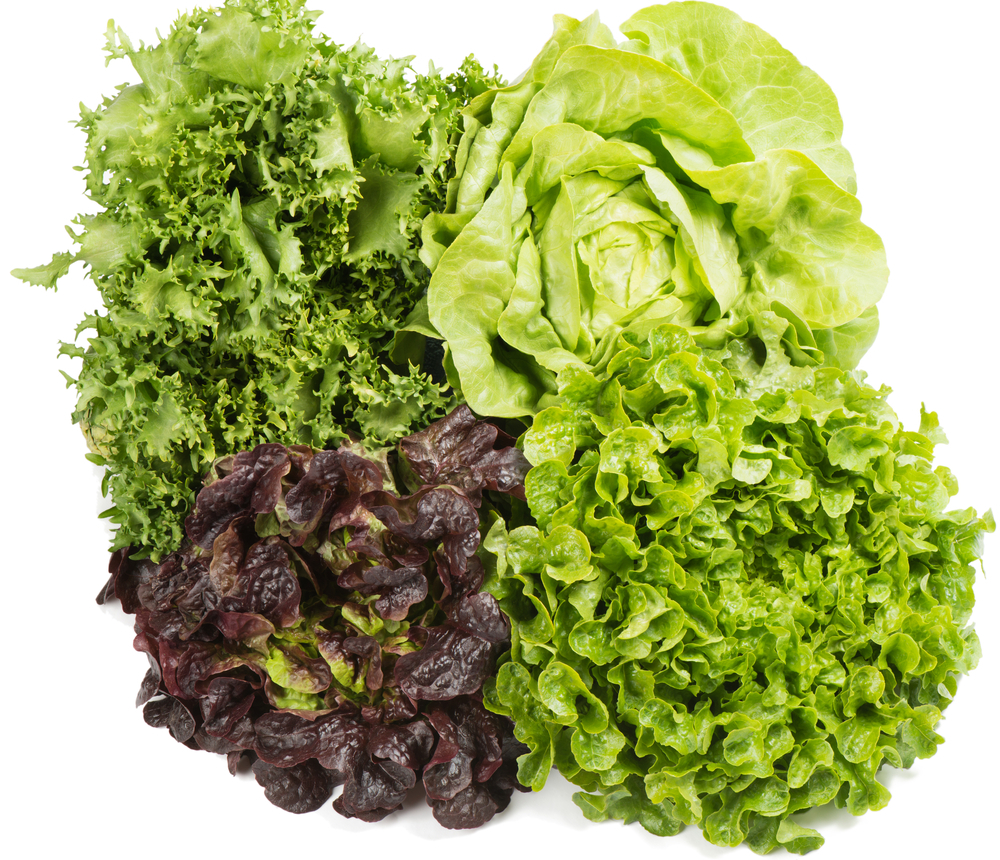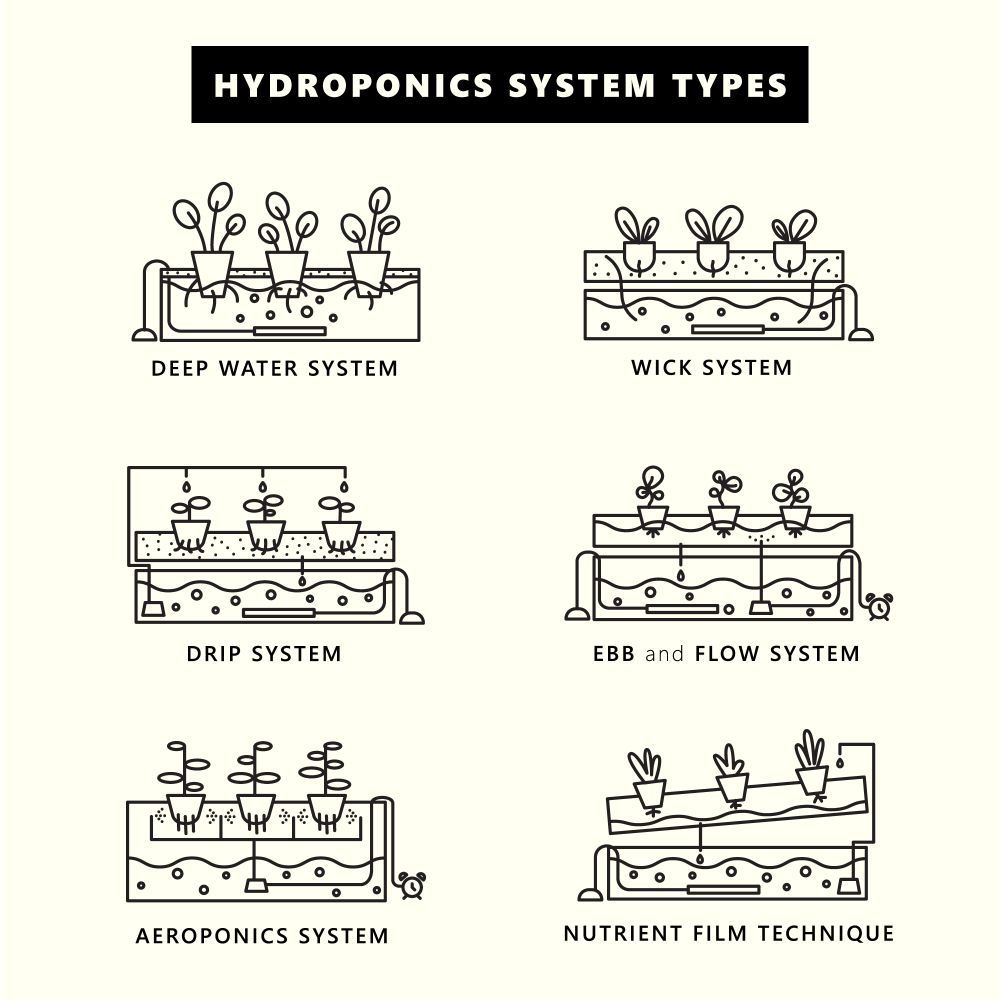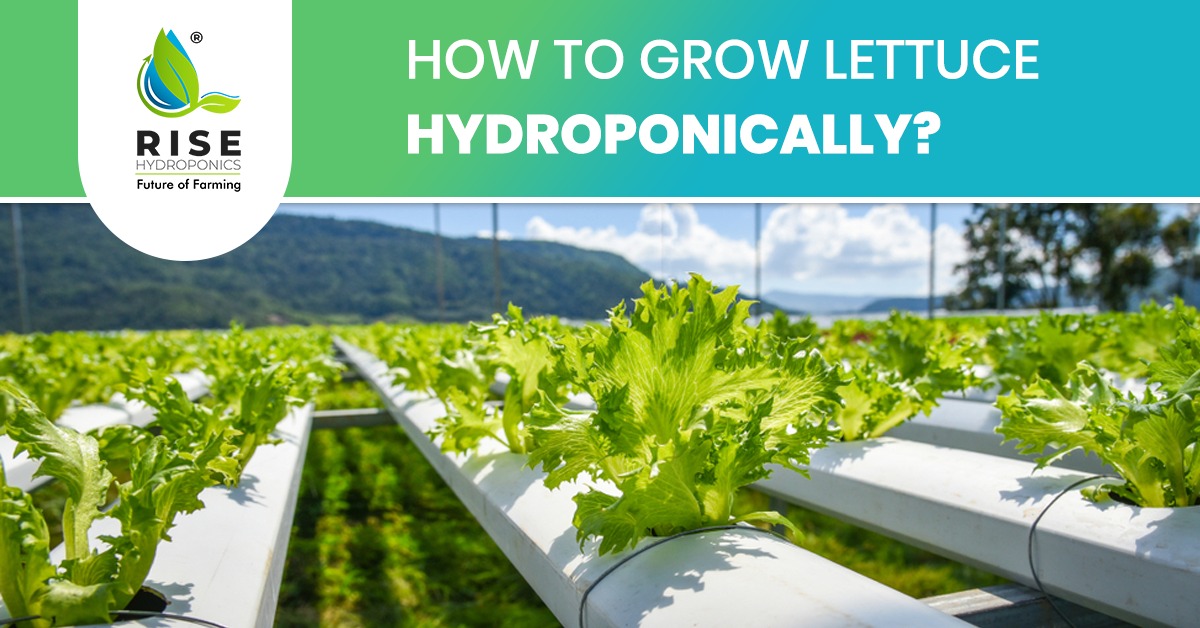Introduction
Let us just put it this way: lettuce and hydroponics are a match made in heaven. Ask anyone, and they will tell you that lettuce is the first veggie that comes to their mind whenever they think of hydroponics.
Lettuce and leafy greens especially suit the hydroponics systems perfectly. Are you a beginner at hydroponics farming at home? We recommend starting with lettuce. There is nothing fancy or tricky about growing the incredibly versatile, watery, and crisp vegetable.
With the help of hydroponics in India, it is now super easy to grow lettuce. Once grown, you can use it in salads, top your juicy burgers, and even use it in place of bread. Do you see how we can use it for so many things?
In this blog, you will learn a lot about growing lettuce – from all that it needs for better growth and the best hydroponics system to produce it. If you are all set to learn, read on.
Things to know about how to grow lettuce hydroponically
Naturally, lettuce develops leaves real quick but growing it hydroponically makes it grow even faster. The technique of this soilless farming in India contributes to the faster growth of lettuce. You will achieve high yields and a complete harvest in just 45-85 days.

This leafy vegetable will not reach the flowering stage. Thus, all you require are simple nutrient solutions that you need not change throughout the growing season. Grow them from saplings or seedlings, and believe us when we say that you do not need any hydroponics farming training in India.
With hydroponics farming at home, you can save water by lowering the evaporation. This efficiency makes the hydroponics system one of the ideal ways to grow healthy and sustainable lettuce. There are many other things we are about to share below, so keep reading.
Our top 5 tips
1. Choose the best type
Most varieties of lettuce suit different hydroponics systems. Therefore, you must ensure that the type you choose works well for you.
Go for the loose-leaf varieties as you pick their leaves individually. The leaves will re-grow later, extending the season of harvest.
2. Ensure there is proper lighting
Hydroponics lettuce will not require too much lighting. 10-14 hours of light will do the trick. However, make sure you are not exposing them to excessive sunlight because it could bitter the leaves. The quality of light affects the red leaf lettuce varieties, and you may have to add supplementary lighting.
3. Choose the ideal hydroponics system
Choose the ideal hydroponics system to grow your lettuce. The Kratky Method is considered the best because it is easier and cheaper to set up.
4. Choose the suitable space
Decide on whether you want to grow your lettuce outdoors or indoors. Hydroponics is more common indoors and in greenhouses. Remember that lettuce cannot stand strong light. Thus, if you are growing it indoors and are using led grow lights, you will need blue light in abundance. Space limitations also limit the lettuce growth options.
The thing to know: No matter what, keep in mind that lettuce is a fast-growing veggie. It has specific needs. You cannot keep it in hot places or areas that receive sunlight all through the day. Excess light causes the edges to burn.
Wondering why your lettuce tastes bitter? Here is what went wrong:
Lastly, lettuce also tastes bitter when it is aged. When you see this happening, plant and harvest a new seedling.

5. Choose the right temperature
Lettuce will always thrive in cooler temperatures. Warm temperatures cause flowering, and the plant tastes better.
Pro tips:
- If your grow lights are throwing off excess light on your lettuce heads, turn the thermostat down. You can give some space to the plants by changing the grow light’s height.
- Boost the levels of nitrogen – our nutrient solution to fix the problem of bitterness.
- Feed the plant adequate amounts of water so the leaves are fuller and sweeter.
Different types of lettuce and what they need for better growth
There are more than a thousand lettuce varieties being grown today. But, we have some very interesting and popular varieties that you can grow hydroponically.
Lollo Rosso
Lollo lettuce is frilly, has wide leaves with a loosehead.
Little Gem
The Little Gem is a combination of Romaine and Butterhead lettuce. This lettuce type has a thin stalk at the center, is not too crunchy but very juicy.

Romain (classic and red)
Romaine lettuce has long leaves. The texture of this lettuce is crisp and it is mildly sweet in flavour. Mid ribs of the classic lettuce are juicy and crunchy. Because of the higher content of chlorophyll, romaine lettuce is considered the most nutritious. Red romaine lettuce can be grown quickly. This red tip lettuce produces excellent yields in no time.
Butterhead Lettuce
This lettuce variety has slightly ruffled, velvety, and bright green leaves.
Arugula
Arugula is one of the easiest lettuces to grow, and you can use any hydroponics setup to grow it. The plants of the Arugula lettuce add a peppery/tangy flavour to your meals. You can plant this lettuce all through the year using grow lights and hydroponics.
After learning about these varieties, you must be yearning to grow your own. Just take care of the following things.
Light Requirements
The hours of light your lettuce will need will depend on the light you use and how close you keep the lights to your plant. Understand the optimal light requirements of your plant. Daily light integral or DLI measures the light. You calculate your DLI by measuring the photon flux density (photosynthetic). The DLI only indicates how much light plants need at a particular wavelength.
For lettuce, you do not have to worry about the optimum or perfect light cycle but enough lighting that will keep the plant healthy.
Nutrient Requirements
The hydroponics lettuce needs nutrient solutions of high quality to thrive and survive. You can make this nutrient solution by striking a balance between purified water and hydroponics nutrients when mixing both. Lettuce needs nitrogen in abundance to grow as nitrogen helps with leaf or foliar growth.
We recommend getting a hydroponics mix that has all the essential micro and macronutrients. Ensure that calcium levels are also correct in the nutrient mix because lettuce is prone to deficiency of calcium as a result of which the leaf tips burn.
Temperature requirements
Maintain a minimum temperature of 10-20 degrees Celsius, and maintain ventilation temperatures between 16-26 degrees Celsius for cool and warm treatments.
pH requirements
Hydroponics lettuce must be grown in a narrow pH range. Try to maintain a pH of 5.5-6.0 with 5.8 as the optimal value. We recommend fertilizing the hydroponics lettuce with 100-150 ppm N during germination.
Growth medium requirements
The hydroponics lettuce has its root growth directly in the water. Therefore, you need to use a medium that enables the sprouting of the seedlings. You can germinate the seedlings of lettuce in a wide selection of mediums. Phenolic foam and stone wool are some of the most common mediums for lettuce seedlings germination.
Types of hydroponics system for lettuce
The hydroponics setup you will use for the growth of lettuce will solely depend on your growing needs. For large-scale commercial production of lettuce, the most common hydroponics systems used are the Dutch Bucket System, the Nutrient Film Technique, the Deep Water Culture, and the Kratky Method.

Ebb and Flow
Also called the flood and drain system. In this system, you flood the root zone of the plants with nutrient solution and drain it back into the reservoir.
DWC
Deep Water Culture consists of nutrient solution in large amounts. This solution lies inside constructed tanks and ponds. For DWC, you need a pump for water circulation and an air pump for pond aeration. Large volumes of water ensure safety from rapid nutrient and temperature changes.
NFT
Your plants in the NFT system will grow in the shallow channels with constant nutrient circulation in the zone of roots. Channel sloping permits the draining of water back into the reservoir.
Kratky Method
Kratky Method is the simplest method to use and set up. It does not require air pumps, water pumps, or even electricity. This hydroponics system bears excellent results for the lettuce growers.
Best hydroponics system for lettuce
Having arrived at the end of this blog, you must be waiting to know the best hydroponics system for lettuce.
Well, we would like to give the “best” title to the Kratky Method. In essence, it is a pump-less Deep Water Culture method. Though DWC is easy and simple to build, it loses to the Kratky Method in terms of ease and capital
The Kratky Method is way cheaper and more manageable. That is because you do not have to invest money to buy electronic devices requiring electricity to run those devices.
This method lets you “set and forget”. Plants do things on their own until the harvesting phase arrives. The system is entirely passive and requires no wick, pumps or electricity.
Also Read : What are the different hydroponic system?
Another plus of this system is that you do not have to change nutrients in the reservoir as often. So, go ahead with this low-maintenance technique of indoor farming in India that can work for weeks on its own.
Conclusion
Plants that have a fast-growing rate, especially lettuce, can grow best with the Kratky system. Trust us when we say that there is no method as relaxing and simple as this one. If you wish to learn how to set up a Kratky process visually, read our previous blogs. And, if you find this blog helpful, please pin, tweet, and share it with your friends.

